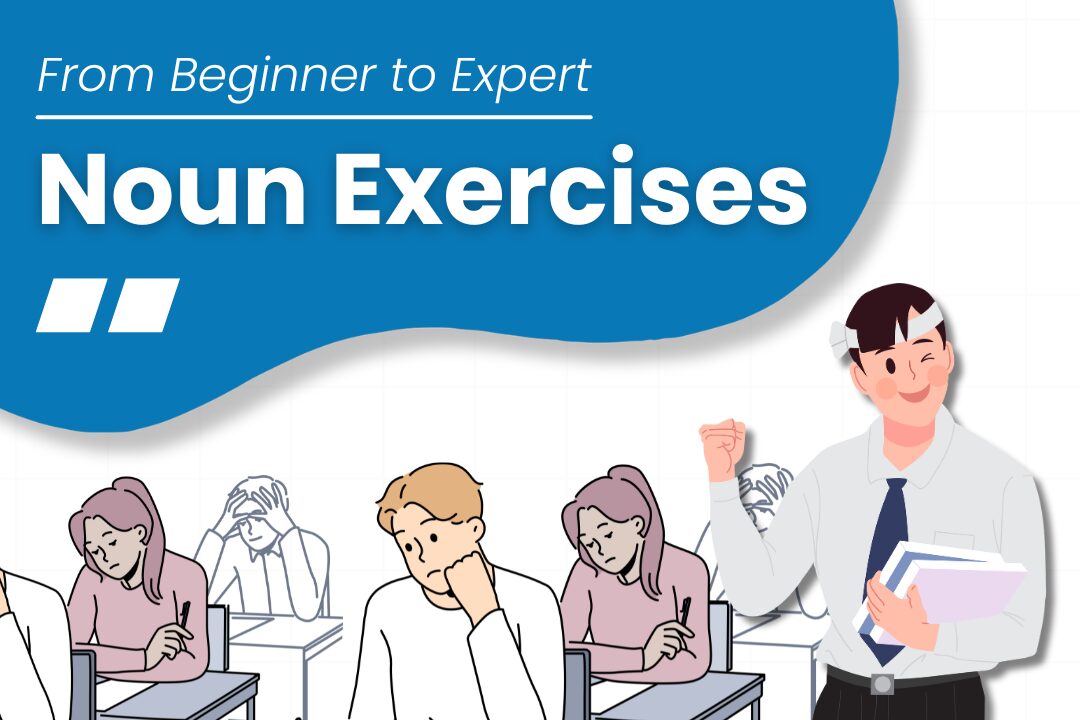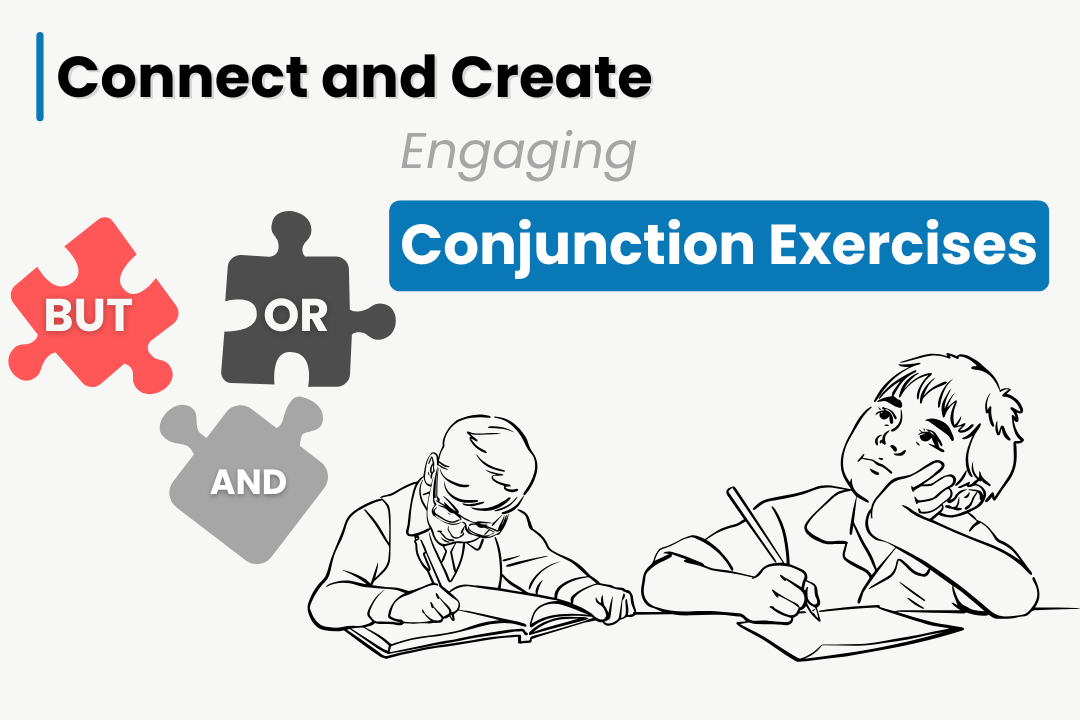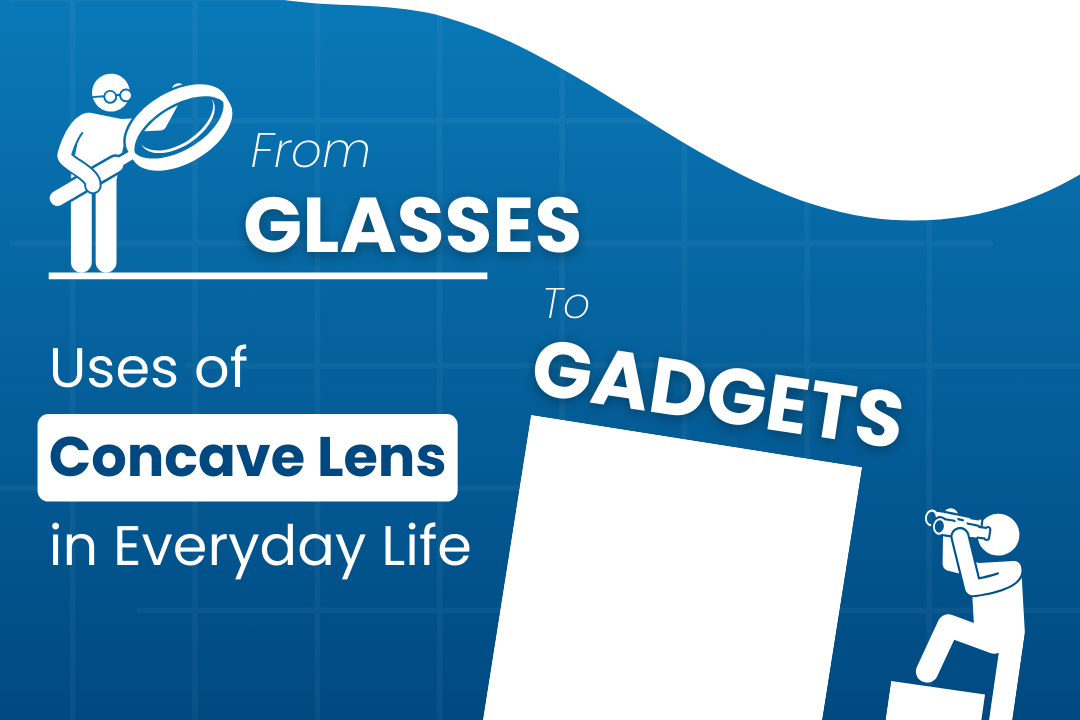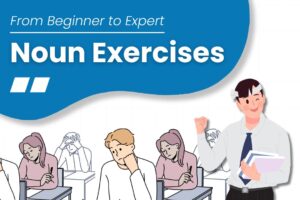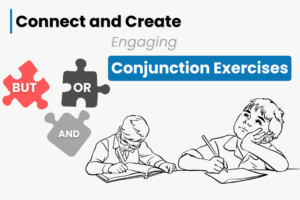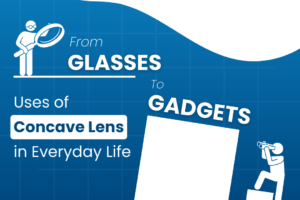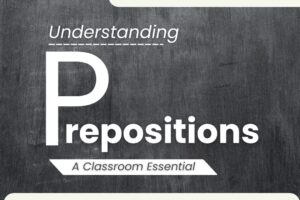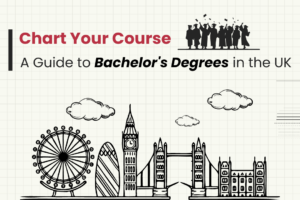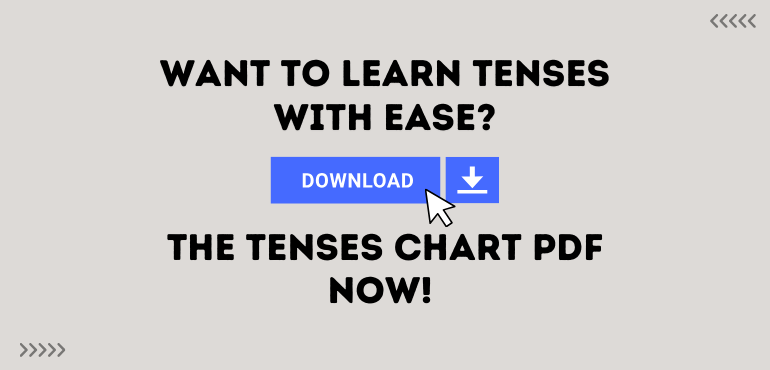
“I eated late today because I sleep late yesterday.”
Without tenses, our conversations will be as disgusting as the above sentence sounds!
Whether to score big in the English Exam or to build a meaningful conversation in the English language, having sound knowledge of tense is incredibly important. While there are many fun ways to learn English grammar, understanding tenses is the basic prerequisite for excelling in speaking English.
By the end of this blog, you will be equipped with all the necessary knowledge to use tenses seamlessly. So, without any further ado, let’s get started.
What are tenses in the English Language?
According to Merriam Webster, the meaning of the word tense is “a distinction of form in a verb to express distinctions of time or duration of the action or state it denotes”
Let’s break it down.
As we all know, a verb basically describes an action. The distinction in the form of verbs helps us understand when an action happened (Past, Present, or Future?) and how long that happened/ happening/ yet to happen.
How to learn Tenses as a Class 10 Student?
If you are a student in tenth grade, you must know the rules chart for active and passive voice and learn tenses for two obvious reasons.
- To score well in your English Exam.
- To be able to communicate effectively in English.
With that being said, let’s dive deep into the topic. Tenses for class ten students are not only a scoring topic in board exams but also act as a bridge to confidently communicate in the English language which is crucial to succeed in the corporate world.
Must-know Terms to Understand Tenses
Many class ten students get confused about understanding the difference between the following forms of verbs which are essential to properly understanding the structure of tenses.
V1- The basic form of a verb. Eg: Eat, Walk, Come, etc.
V2- The past tense form of the verb. Eg: Ate, Walked, Came, etc.
V3- The past participle form of a verb. Eg: Eaten, Walked, Come, etc.
V4- Third-person singular form of the verb. Eg: Eats, Walks, Comes
V5- The present-participle form(V1 + ing) of the verb. Eg: Eating, Walking, Coming, etc.
Note: Some sources interchangeably refer to V4 and V5. So, it’s better to remember them as “third person singular” and “Present Participle” instead of V4 and V5 to avoid confusion.
By the end of this blog, you will be able to download the tenses chart PDF. Don’t miss it if you want to keep a resource handy that will help you recall all the 12 tenses in the quickest way possible.
Present tenses
We use present tenses in the English language for the actions that happen on a day-to-day basis and actions that happen while the subject is speaking. Let’s look at the four types of present tenses.
Simple Present Tense
It’s the basic tense in the English language with the most simplest structure and hence it’s easier for class 10 students to deal with questions around simple present tense in board exams.
Structure of simple present tense: Subject + V1 + Object
How to identify simple present tense?
If you find a sentence that is similar to the following types, you can identify it as a simple present tense.
- Daily happenings like routines, habits, etc.
- Universal truths.
- Factual information.
- Announcements, schedules, etc.
Examples of Simple Present Tense
- I eat an apple every day. [Routine]
- The Earth rotates from west to east. [Universal Truth]
- India is a peninsula [Fact]
- The first period starts at sharp 9:00 AM.
- My brother goes to the gym daily.
Present Continuous Tense
Present continuous tense is used while talking about events that are happening while speaking. It can also be used for planned events.
Structure of Present Continuous Tense: Subject + is/am/are + Present Participle(V1 + ing) + Object
Examples of Present Continuous Tense
- They are making arrangements for the school’s annual fest.
- Aren’t we meeting tomorrow for lunch? [Interrogative, negative]
- I am doing my homework right now and can’t play with you guys.
- She is not working hard enough to manifest her dream into a reality.
- The officials of the education board are busy making arrangements for the board exams.
Present Perfect
The present perfect tense is used for events that have started in the past and have relevance to the present. The present perfect tense, sometimes, is used interchangeably for simple past tense. But, they both shouldn’t be used interchangeably all the time.
The present perfect tense is also used to express the events that have just been completed.
Structure of Present Perfect Tense: Subject + Have/Has + Past Participle(V2) + Object.
Examples of Present Perfect Tense:
- Our family has lived in Hyderabad since 2005.
- I have just eaten my lunch. [An action just finished]
- Have you read Eat That Frog? [Interrogative]
- Hasn’t she confirmed it with the class representative? [Interrogative, Negative]
- He has arrived at a conclusion without even understanding the basics.
Present Perfect Continuous Tense
We use present perfect continuous tense to describe an event that has started recently and continues to happen till the time the subject speaks.
Structure of Present Perfect Continuous Tense: Subject + have/has + been + Present Participle(V1 + ing) + Object.
Examples of Present Perfect Continous Tense:
- I have been studying in this school since my second grade.
- Has she been working part-time along with her studies? [Interrogative]
- I have been practicing cursive handwriting two hours a day for the last month.
- He has been working as a science teacher for fifteen years.
- I have been feeling unwell since yesterday.
Past Tenses
Past tense is used to describe an action that has happened in the past and is no more in progress.
Simple Past Tense
We use simple past tense to refer to actions that are finished in the past. We neither describe something that is happening in the past nor something in the past connected to the present while speaking in simple past tense.
When to use the simple past tense?
- While describing an action completed in the past.
- While recalling a past habit.
- Significant historical events, etc.
Structure of Simple Past Tense: Subject + Past Tense Verb(V2) + object
Examples of Simple Past Tense for class 10 students:
- She Played Guitar Yesterday. [Declarative Sentence]
- I used to wake up at 5 AM when I was a child. [Past Habit]
- I didn’t attend the party because I was ill. [Negative Sentence]
- Did they participate in the company’s annual meeting? [Interrogative Sentence]
- He went to the playground with his friends.
Past Continuous Tense
We use past continuous tense to talk about actions that were in progress at a certain time in the past.
Structure of Past Continous Tense: Subject + Was/Were + Present Participle(V1 + ing) + Object
Examples of Past Continous Tense:
- I was reading my favorite book in the library when the class teacher called me.
- She was doing her homework when her brother was playing video games. [Two simultaneous actions of the past]
- They were living in an apartment in the housing board colony when they first came to Hyderabad.
- He was not working on the Chemistry project when the power went off. [Negative]
- They were not stressing about the outcome, instead more interested in the approach.
Past Perfect
Suppose, you want to talk about an action that happened in the past before another action was completed or while giving a reason for something that happened in the past, you can use the past perfect tense.
Structure of Past Perfect Tense: Subject + Had + Past Participle (V3) + Object.
Examples of Past Perfect Tense:
- He had revised the entire syllabus just 3 hours before the exam.
- He failed the mathematics exam as he hadn’t studied because of a fever. [Negative Sentence]
- Had he attended the last two classes before the quarterly exams? [Interrogative]
- Why hadn’t the students of class sixth shown up despite getting called twice?
- Why hadn’t he complained to the class teacher after his fight with his classmate? [Negative, Interrogative Sentence]
Past Perfect Continuous Tense
We use past perfect continuous tense to describe a progressive action that ended before another action in the past.
Structure of Past Perfect Continuous Tense: Subject + Had + Been + Present Participle(V1+ing) + Object + remaining sentence.
Examples of Past Perfect Continuous Tense:
- He had been chit-chatting with his friends until the teacher warned him.
- I had been studying really hard for the final exams when the government canceled the exams due to the pandemic.
- My brother had been preparing for UPSE before he moved to the IT industry.
- The boys had been playing cricket all evening when the park watchman complained to the secretary.
- My sister had been doing her homework for hours when I fell asleep.
Future Tenses
Again, as the name suggests, future tenses are used to talk about actions that haven’t happened yet and the states that are not in existence at the time of speaking.
Simple Future Tense
The simple future tense is used to talk about events or states that will start and end at some point in the future.
Simple future tense is widely used while making predictions and promises as both of them can happen only in the future.
Structure of simple future tense: Subject + Will / Shall + V1 + Object.
Examples of simple future tense:
- India will win the World Cup.
- Shall I help you with your homework? [Interrogative]
- It will rain tomorrow for sure! [Prediction]
- They won’t conduct exams next month as the syllabus is not yet finished. [Negative]
- Unfortunately, there won’t be a cricket match in Hyderabad in the upcoming Australia series.
Future Continuous Tense
The future continuous tense which is also known as the future progressive tense denotes an action that will happen in the future and continuous till a point in the future.
Structure of future continuous tense: Subject + Will + Be + Present Participle (V1 + ing) + Object.
Examples of future continuous tense
- They will be playing the whole evening as it’s a Sunday.
- I will be doing my homework tomorrow evening. So, I will not be able to join the game. [Negative sentence]
- They will be cooking dinner by the time we arrive.
- I will be meeting my childhood friend tomorrow at the railway station.
- Will you be joining us for the picnic this weekend? [Interrogative]
Future Perfect
The future perfect tense is used to express an event that will be finished by a certain point in time in the future. It can also be used to talk about the result of an action/event in the future.
Structure of future continuous tense: Subject + Will + Have + Past Participle(V2) + Object.
Examples of future continuous tense:
- They will have finished the match before the 40th over.
- You will have completed your board exams by this time next year.
- Will she have completed her 12th grade by the time I finish my master’s? [Interrogative]
- The students will not have come to the auditorium by the time we finish the decoration. [Negative]
- I will have practiced all the questions from the question bank at least twice before the board exams.
Future Perfect Continuous Tense
We use the future perfect continuous tense while talking about an activity that might begin in the past/ present/ future and will continue in the future.
Structure of future perfect continuous tense: Subject + Will + Have + Been + Present Participle (V1 + ing)
Examples of future perfect continuous tense:
- I will have been working on this chemistry project for 7 months by the end of February.
- Will she have been living in Hyderabad for 5 years by the time she finishes her 12th grade? [Interrogative]
- By the time I finish my 9th grade, I will have been studying in this school for five years.
- He will have been reading the book for five days by the time he returns it back to the library.
- She will have been studying for 15 years by the time she finishes her master’s degree.
Tenses Rules Chart with Examples PDF Download
Are you excited to have an e-book handy that helps you recall all the tenses that were arranged in easily understandable tables?
Then you must download the Tenses Chart PDF and you will never worry about tenses again!
FAQs:
The base form of the verb is shortly known as V1. The past form of the verb is known as V2 and the past participle form of the verb is known as V3.
Eg: Come(V1), Came(V2), Come(V3)
The simple present, the simple past, and the simple future are the basic tenses in the English language and are used for expressing factual and habitual information. The structure of these three tenses is very simple and straightforward.
While expressing the habitual and factual stuff, indefinite tense is used. The simple present, simple past, and simple future tense fall into this category.
Auxiliary verbs which are also known as helping verbs, are used along with a main verb that are helpful in expressing different aspects of time, voice, and mood.
The list of auxiliary verbs includes- have, has, had; do, does, did; be, am, is, are, was, were; can, could, shall, should, will, would, may, might.

